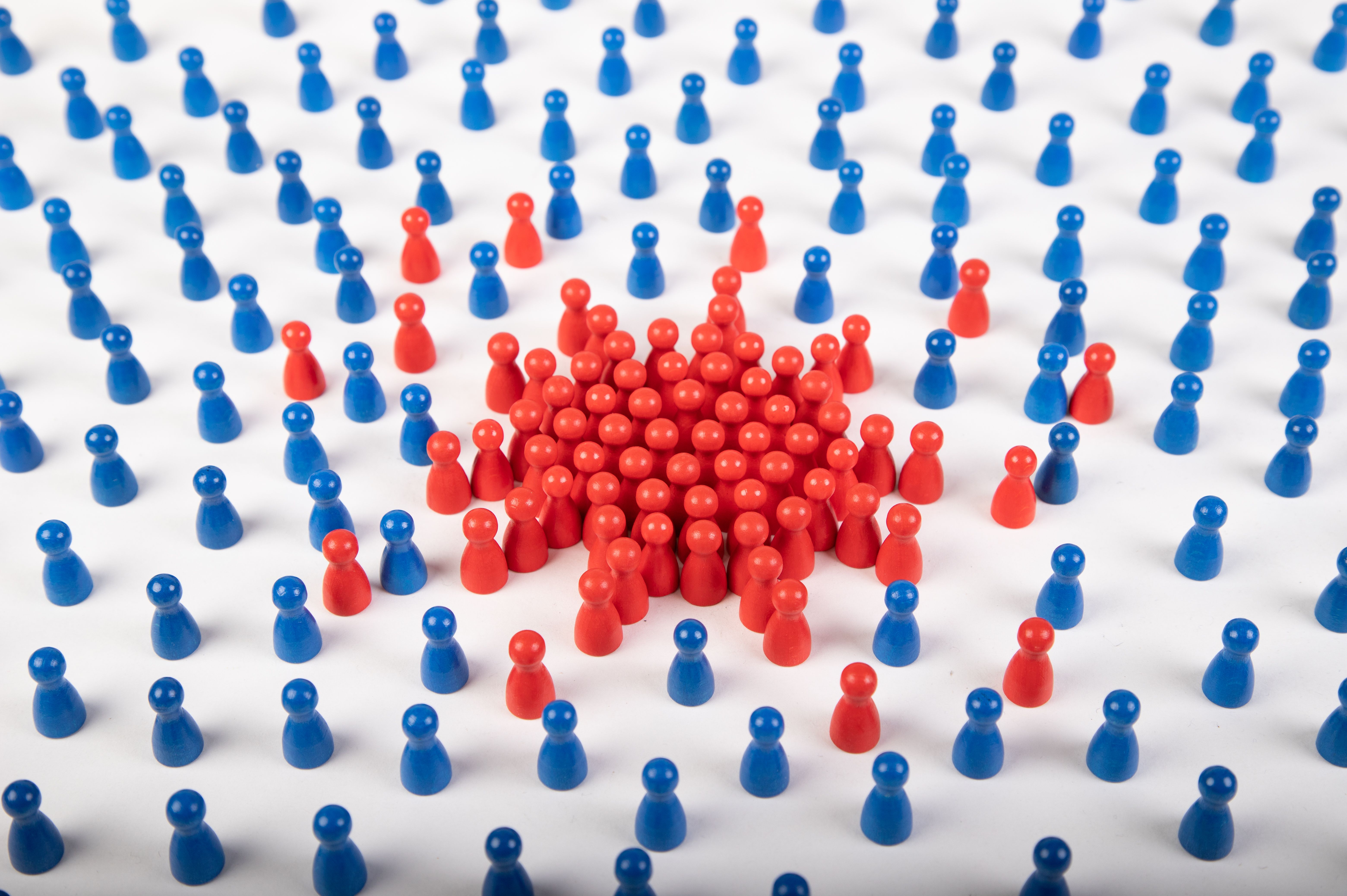
(Vienna, 05 November 2020) Based on around 100 scientific papers, an international research team examined the phenomenon of "superspreading" in the context of Covid 19. Writing in the specialist journal "Environmental Research and Public Health", the researchers conclude that factors of modern life favour superspreading of the pathogen to many people by just a few individuals. This can only be overcome with flexibility, speed and improvisation.
It has become increasingly clear over the course of the pandemic that the spread of the new coronavirus does not necessarily follow the familiar pattern of the flu virus. A striking finding is that individuals who carry a high viral load but are not impeded by serious symptoms can become so-called super-spreaders under certain circumstances.
The phenomenon has already been examined in numerous studies, but usually only from the perspective of individual disciplines such as virology or epidemiology, said innovation and network researcher Lukas Zenk from the Department of Knowledge and Communication Management of Danube University Krems, speaking to the APA. Since March, the extensive and diverse group assembled by transdisciplinarity researcher Gerald Steiner, who also works in Krems, has been attempting to put together a sort of overview around the lead author of the study.
If one looks at society as a large network, one could say that the transfer of pathogens from animals to humans has been favoured by the huge increase in population over the last few decades and the incursion into natural habitats. When "stressed" animals with their viruses then come close to humans, this increases the probability of the spread of so-called zoonoses, of which SARS-CoV-2 is an example, explained Zenk.
In the case of the novel coronavirus, it is also clear that each infected person does not, on average, infect the same number of people but that this value varies considerably. "A few people infect many and many people infect few. This leads to superspreading," says Zenk. A person's contact network is an important factor in this. If they have a large group of contacts and close contacts take place in unventilated spaces, in a rowdy atmosphere with no regard for precautionary measures, then the stage is set for a "super-spreader event".
According to the scientists, including Eva Schernhammer from the Medical University of Vienna and Harvard Medical School (USA) and Manfred Laubichler, who works inter alia at Arizona State University (USA) and the Vienna Complexity Science Hub (CSH), the end result is that "we are living in very uncertain times. In other words: the virus can resurge at any time," says Zenk. Amongst other things, this could explain why, despite extremely low case numbers after the summer, there has been a rapidly rising second wave over vast swathes of Europe. Under these conditions, a small number of cases can quickly turn into many more.
Although we need good plans to cope with this, "we must also learn to respond very rapidly to short-term changes. Time is of the essence here," says Zenk. Under these conditions, we also have to work outside our usual routines. "Something unprecedented is happening in the world," for which we have to find solutions very quickly. The superspreading nature of the pandemic shows that we have to make more effort "to prepare for the unexpected".
The research group's study also shows that this requires more accurate and more up-to-date data and greater collaboration between institutions, countries and research disciplines. The situation currently prevailing in many regions evidences the fact that this obviously did not happen sufficiently after the successful suppression of the first wave of Covid 19. "I believe there is still room for improvement there," says Zenk. From a network perspective, contact networks must now be reduced to bring case numbers down, so that faster and more effective contact tracing can then take place. Because, despite all the disadvantages, the superspreading nature of the disease also has the inherent advantage that its spread can be effectively prevented by these measures.
Service: https://doi.org/10.3390/ijerph17217884
(APA/nt/cm)